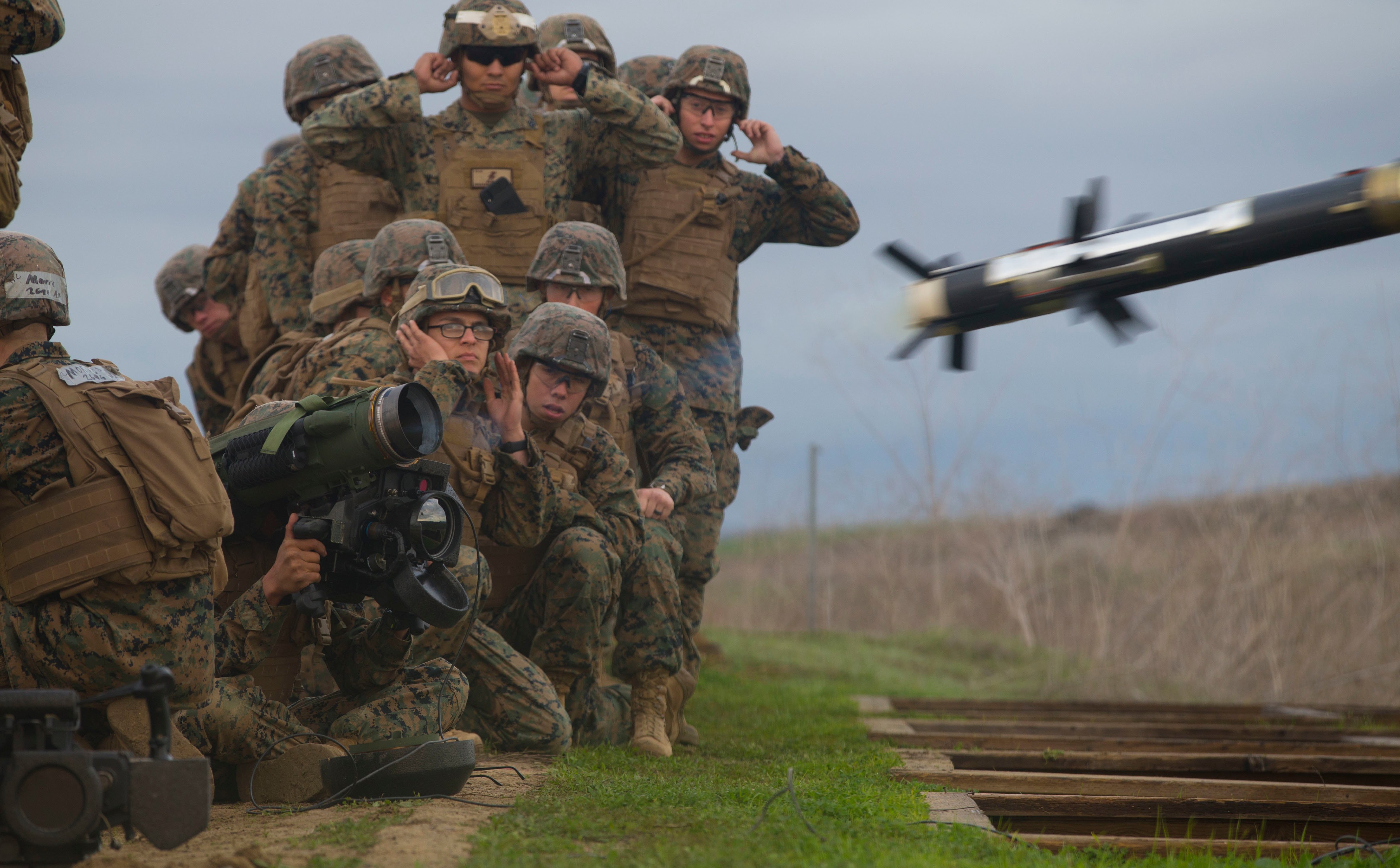
The United States has shipped about a third of its existing arsenal of Stinger anti-air and Javelin anti-armor missiles to Ukraine – systems that are not quickly replaced – two experts on Pentagon buying said Tuesday.
Testifying before the Senate Armed Service Committee, Ellen Lord, who served as the Defense Department’s top acquisition official, said Stingers cannot be replaced “within the next couple of years” because its production line has been shut down. Even simple items, such as diodes, used to regulate voltage for these systems could be difficult to obtain.
“Even with Javelin, we are probably five years” away from replenishing that stock despite its manufacturing line remaining open, she added.
David Berteau, chief executive officer of the Professional Services Council, said, “we have yet to see a single contract in place” for the replacement of systems going to Ukraine following Russia’s Feb. 24 invasion. Noting the one-third depletion of Stingers and Javelins, he said, “we’re behind.”
Building up the stockpile of munitions has “usually been the billpayer” in Pentagon spending plans, and the United States is paying that price now, Lord said. She said that billpaying has included not making investments to modernize everything from existing infrastructure to tooling.
Those shortfalls were only part of the story the committee heard as the United States is also sending other equipment – from armored personnel carriers to howitzers to Ukraine.
To build back stocks needed by the Pentagon and American allies and partners, Lord suggested the administration use Title 3 of the Defense Production Act, as was done to mitigate the impact of the COVID-19 pandemic on the industrial base’s workforce. Berteau added a step like that would send an important signal, not only to industry but to the workforce, that this was going to happen.
“You’ve got to start now,” he added.
Sen. Richard Blumenthal, (D-Conn.), in his questioning, said armored personnel carriers and other platforms and systems beyond Stinger and Javelin were being drawn on to support Kyiv and also have yet to be replaced. The challenge in the replenishment of all those stocks is “extremely daunting.”
The committee met as Defense Secretary Lloyd Austin gathered more than 20 allies and partners at Ramstein Air Base, Germany, to discuss how best to aid Ukraine as the war shifts to the Donbas region in the east and intensifies in the south along the Sea of Azov.
“Ukraine clearly believes it can win and so does everyone here,” Austin told the assembled defense leaders at Ramstein.
The United States and the allies gathered in Germany are willing to do what they can to help Ukraine, Austin said, adding there was more work to be done.
“Ukraine needs our help to win today and they will still need our help when the war is over,” he said.
At a press briefing Monday, following his meeting with President Volodymer Zelensky in Kyiv, Austin said the United States just shipped five battalions of 155mm howitzers and their munitions to beef up Ukraine’s long-range fires. He expected allies to do likewise in the coming days.
“We’re going to push as hard as we can as quickly as we can to get [the Ukrainians] what they need,” he added.
Lord suggested another option to rebuild necessary weapons stocks quickly would be to ease regulations and laws covering manufacturing by trusted allies like Australia.
The Pentagon was willing to take risks to address the effect of the COVID-19 pandemic on manufacturing, Lord said. That attitude should now apply to supplying Ukraine.
On the overall health of the industrial base, Lord reminded the committee that “it is a choice for a company to do business with DoD,” whether it is large or small, a start-up or an investment group with all the government’s rules, regulations, policies and laws covering how it does business.
But what is most critically important to those businesses now is the impact of inflation on contracts. Lord said there needs to be “equitable adjustment … to the ’22 budget right now” by Congress. Several times during the hearing, she said the Pentagon’s acquisition workforce needs better training in how to use the tools available to them to speed contracts and adjust for changed conditions like rising inflation.
“Speed does matter a lot here,” but it needs to be applied to all levels of defense industry and include new looks at foreign military sales, Berteau said. The goal should be “results and outcomes.”
The demand for workers exceeding supply is a factor in driving inflation, Berteau said. It’s “not actually the fault of the government that there are not enough workers” to meet those demands.





